Mission IMAP : Le Nouveau Sentinelle Solaire de la NASA Prêt pour le Lancement en Septembre 2025
The NASA is preparing to launch the Interstellar Mapping and Acceleration Probe (IMAP) mission on September 23, 2025. This mission aims to map the heliosphere and provide early warnings of solar radiation storms. IMAP will be accompanied by two other missions: the Space Weather Follow On-Lagrange 1 (SWFO-L1) and the Carruthers Geocorona Observatory.
IMAP Mission Objectives
IMAP's main goal is to study the heliosphere, this magnetic bubble created by the solar wind that protects our solar system from interstellar radiation. By analyzing and mapping particles from interstellar space, IMAP will provide crucial information on the composition and behavior of the solar wind, energetic particles, and cosmic rays. This data is essential for understanding phenomena that can affect human activities in space and technology on Earth.
Importance for Human Exploration
Understanding the interactions between the solar wind and the interstellar medium is vital for the safety of crewed space missions. Solar radiation storms can pose risks to astronauts and spacecraft. The data provided by IMAP will enable improved space weather forecasts, thereby contributing to the protection of human exploration missions, notably within the Artemis program aiming to return to the Moon.
Partner Missions: SWFO-L1 and the Carruthers Geocorona Observatory
In addition to IMAP, two other missions will be launched simultaneously:
-
SWFO-L1: Operated by NOAA, this satellite will monitor signs of solar storms that could affect terrestrial telecommunications networks. It will provide real-time data to improve space weather forecasts. (en.wikipedia.org)
-
Carruthers Geocorona Observatory: NASA-led, this observatory will study the Earth's geocorona, the outermost layer of the atmosphere emitting ultraviolet light. Observations will help understand how solar activity influences the density and shape of the geocorona, which is crucial for predicting the impact of solar storms on communications and satellite systems. (en.wikipedia.org)
Launch Site and Positioning
All three missions will be launched aboard a SpaceX Falcon 9 rocket from the Kennedy Space Center in Florida. They will head toward the Lagrange 1 point (L1), located about 1.5 million kilometers from Earth in the direction of the Sun. This position provides an uninterrupted view of the Sun, ideal for monitoring the solar wind and space weather conditions. (en.wikipedia.org)
By combining the efforts of IMAP, SWFO-L1, and the Carruthers Geocorona Observatory, NASA and NOAA enhance our ability to understand and anticipate solar phenomena, contributing to the safety of technologies and future space explorations.

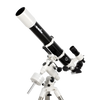 All
All
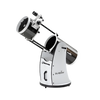 Dobson
Dobson
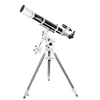 Refractors
Refractors
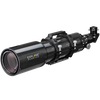 Ed & Apochromates
Ed & Apochromates
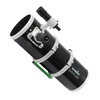 Newtonian reflector
Newtonian reflector
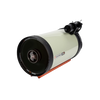 Schmidt Cassegrain
Schmidt Cassegrain
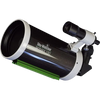 Maksutov-Cassegrain
Maksutov-Cassegrain
 Solar
Solar
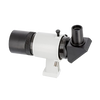 Researcher
Researcher
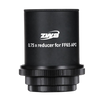 Focal reducer
Focal reducer
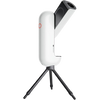 Intelligent
Intelligent
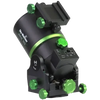 All
All
 Equatorial
Equatorial
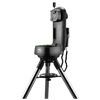 Alt/Az
Alt/Az
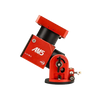 Harmonic
Harmonic
 Tripods
Tripods
 Accessories
Accessories
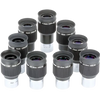 All
All
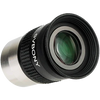 Wide angle
Wide angle
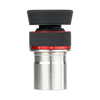 Zoom eyepieces
Zoom eyepieces
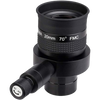 Reticulated eyepieces
Reticulated eyepieces
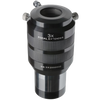 Barlow
Barlow
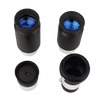 Plössl
Plössl
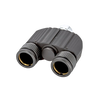 Binoculars
Binoculars
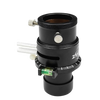 Atmospheric Corrector
Atmospheric Corrector
 All
All
 Visual
Visual
 Photo
Photo
 Polarisants
Polarisants
 Solar Filters
Solar Filters
 Accessories
Accessories
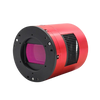 All
All
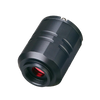 Color Cameras
Color Cameras
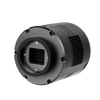 Monochrome Cameras
Monochrome Cameras
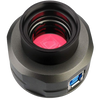 Planetary/Guiding
Planetary/Guiding
 Objectives
Objectives
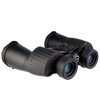 All
All
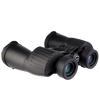 Binoculars
Binoculars
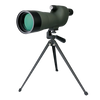 Spotting Scope and Monocular
Spotting Scope and Monocular
 Elbows
Elbows
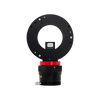 Optical Divider
Optical Divider
 Mirrors
Mirrors
 All
All
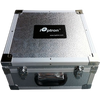 Bags and protections
Bags and protections
 Supports and counterweights,
Supports and counterweights,
 Camera adapters
Camera adapters
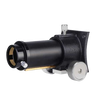 Focuser
Focuser
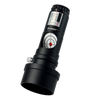 Collimation
Collimation
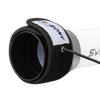 Heating band
Heating band
 Cables
Cables
 Collars
Collars
 Computers
Computers
 Fans
Fans
 Others
Others
 All
All
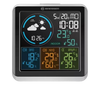 Weather Station
Weather Station
 Thermometer
Thermometer
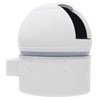 All
All
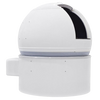 Observatory/Domes
Observatory/Domes
 Accessories
Accessories
 Askar
Askar
 Baader
Baader
 Bresser
Bresser
 Celestron
Celestron
 Explore Scientific
Explore Scientific
 GSO
GSO
 Optolong
Optolong
 Touptek
Touptek
 Vixen
Vixen
 ZWO
ZWO